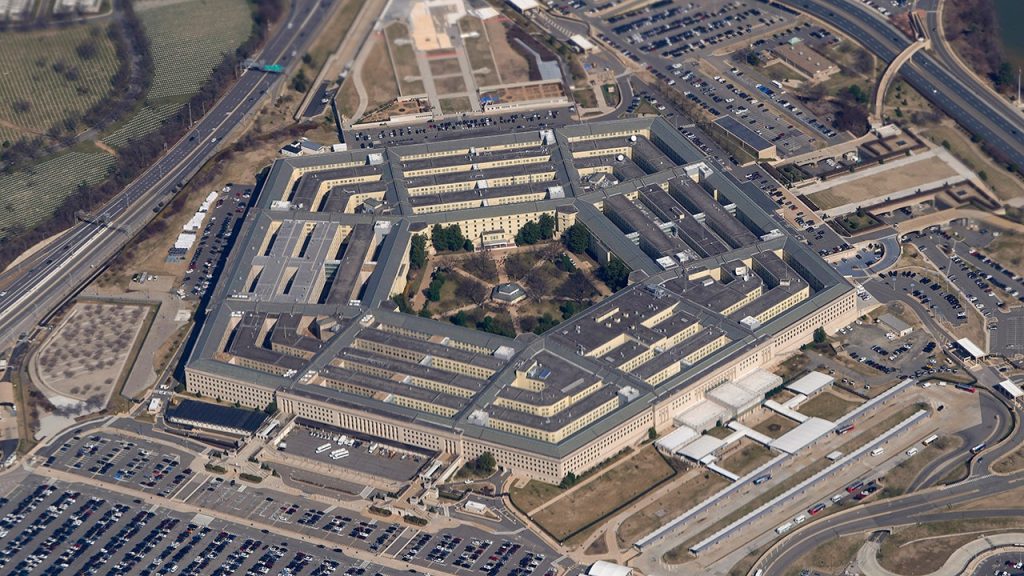Pentagon officials are encouraged by a decline in reported sexual assaults among active-duty service members and at military academies, indicating progress in addressing a long-standing issue. Despite this improvement, there are challenges ahead, especially in the Army, Navy, and Air Force academies where hazing and toxic behavior have been prevalent. Defense Secretary Lloyd Austin has emphasized the need to intensify efforts to combat sexual assault and harassment. The latest data on sexual assaults in the U.S. military reveals some positive trends but also areas of concern that require ongoing vigilance.
In the fiscal year ending September 30, there were 8,515 reported sexual assaults involving U.S. military members, a decrease from the prior year but still the third-highest figure on record. A confidential survey accompanying the report showed a 19% drop in service members reporting unwanted sexual contact, with all branches of the military seeing decreases. Despite progress, there were still 541 cases reported by service members who experienced assault before joining the military, as well as 612 civilians who were assaulted by military personnel. The data highlights a need for continued efforts to change the culture and reduce all forms of sexual violence.
Instances of sexual harassment declined in the last fiscal year, with 2,980 complaints filed, of which 1,372 were substantiated. The survey revealed a broader issue, with 25% of women and nearly 6% of men reporting sexual harassment, suggesting underreporting remains a challenge. The military must address this pervasive problem to create a safer environment for all service members. Efforts to combat sexual abuse and harassment involve building a larger, more professional response and prevention workforce, with over $1 billion allocated in recent budgets to enhance programs and hire up to 2,500 personnel to support these initiatives.
At the U.S. military academies, reported sexual assaults decreased slightly in the past school year, signaling a positive trend but underscoring the need for continued reform in leadership and training. Despite lower reported numbers, service commanders are addressing issues such as an 18% increase in 2022 and a survey showing rising levels of unwanted sexual contact at the academies. Strategies to tackle sexual violence include addressing the role of alcohol in these incidents and implementing comprehensive prevention measures to create safer environments for students and staff.
The Defense Department’s Family Advocacy Program handles domestic abuse-related incidents, with reported cases increasing in certain areas. The program dealt with 484 adult victims of domestic abuse-related sexual assaults, with a majority being female victims. Meanwhile, there were fewer reports of child sexual abuse compared to the previous year. To address these issues, the program aims to enhance support services and specialized training for personnel dealing with domestic and child abuse cases, ensuring a comprehensive response to these sensitive and complex matters.
As the Pentagon works to improve prevention efforts and response mechanisms for sexual assault and harassment, progress has been made in hiring additional staff dedicated to these critical tasks. While there have been delays in the hiring process, officials remain optimistic that the goal of recruiting 2,500 personnel by the end of the fiscal year 2028 will be met. By strengthening the workforce dedicated to addressing sexual violence, the military aims to create a more supportive and accountable environment that upholds the rights and dignity of all service members.


